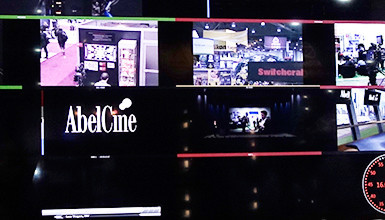
While we can't give away too much, we know this will be an exciting year. So for all of you in-person and virtual attendees, I've put together this guide to the trends and technologies we expect to see at the show. Although NAB is a comprehensive show, this blog is primarily focused on cinema gear, with some other highlights included.
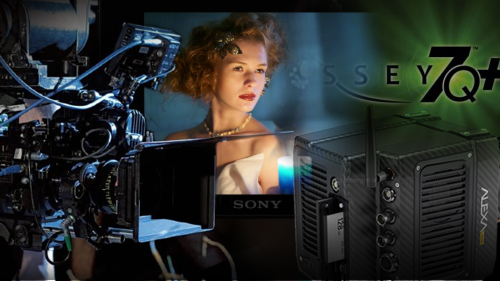
Camera Trends
Everyone always wants to know about the latest and greatest camera technology. The good news is that we'll see some nice innovations this year. Here are some of the trends that I expect to see:
High Resolution Cameras - We'll continue to see more 4K and higher resolution cameras hit the market, which in itself is not a big surprise. 4K has been a buzzword for some time now, and in the digital cinema world it is practically a requirement. What we will see this year is an expansion of 4K into more traditional broadcast cameras. 2/3" cameras are essential for most news and sports productions, and up to this point there hasn't really been a 4K broadcast camera made specifically for that application. This NAB I expect that many of the studio camera manufacturers will start to announce 4K-capable cameras. This is a critical next step in the evolution of 4K towards wide acceptance.
4K Internal Recording - Another trend that I expect to see is improved support for internal 4K recording. There are a variety of cameras that can output 4K, but all are not capable of recording it internally. This year we'll see more 4K internal recording options from a variety of manufacturers. We have already heard about Arri's SXT and ALEXA Mini, which are both capable of internal 4K recording. Canon just announced their C300 Mark II camera, which can also record 4K to CFast 2.0 cards. RED has been recording well beyond 4K for sometime now, but we've heard that their new WEAPON camera might support different compressions. As we see cameras recording 4K internally, we can also expect to see more 4K external recording options. The Odyssey7Q+ from Convergent Design was announced not too long ago, and the Atomos Shogun has been shipping as well. And just the other day, Video Devices announced their 4K-capable PIX-E recorders.
Improved Workflows - One satisfying trend we are seeing is more manufacturers adding Apple ProRes as a native codec in their cameras. ProRes is well embraced by the post community and has found its way into many cameras. We've recently seen Sony and Panasonic add ProRes recording, and I expect to see this trend continue. Panasonic took a bold step with their VariCam 35 and HS cameras by enabling multiple, simultaneous recording options. The VariCam can record in 4K, HD and a Proxy, all at the same time - with burn-ins on the lower resolution material too. This kind of workflow can really speed up post-production and save money. I hope to see more of this across the board.
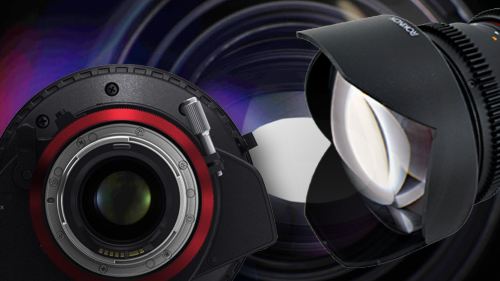
Lensing Trends
We've seen some amazing developments over the last couple of years when it comes to optics. There are now a great variety of lenses available for professional video and cinema applications compared to just a few years ago, but I think there's even more innovation to follow:
Stills to Cinema - We all know that digital cinema lenses can be very expensive and there is no doubt the 'Cooke Look' or Zeiss Master Prime precision is worth it. But there is also a growing trend towards manufacturers taking their high-quality still lenses and building them for cinema use. There have been a number of companies re-housing lenses, but now I think we'll start to see the manufacturers take this work into their own hands. The success of the Rokinon lenses has proven that there is an active market. So, be on the look out for some of your favorite still lenses geared up and de-clicked for cinema use.
Super 35 Servo-Zooms - Both Fujinon and Canon have made some impressive servo-driven zooms for cinema use. The Cabrio and Cine-Servo lenses give us a nice zoom ratio on a Super 35 camera, which is highly desired by documentary and non-fiction productions. Canon recently announced their 50-1000mm Cine-Servo lens, giving a massive zoom ratio previously unheard of in a Super 35 lens format. Sony also got in the game with their 28-135mm servo zoom for the FS7 and Zeiss has announced a servo control system for their Compact Zoom lenses. I expect we will see more of this across the board at a variety of price points.
Anamorphic - Last year at NAB, many new anamorphic lenses were announced from Zeiss Master Anamorphics to Angenieux Anamorphic zooms. This year, we likely won't see many new high-end lenses announced, but I do expect the availability of some interesting new options and perhaps some lower priced lenses. Arri just announced a Flare Set for their Master Anamorphics to allow the user to control the varying amounts of flare that we all expect from anamorphic lenses, making these lenses more versatile. Lower priced options may also become available, built for use on the latest DSLR and large sensor cameras.
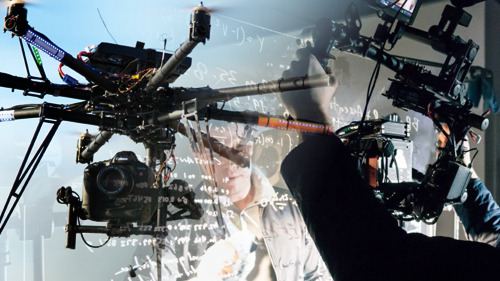
Camera Mobility Trends
Over the last couple of years, we've seen a real revolution in camera mobility options. From versatile sliders to Freefly's MoVI, we've seen huge innovation in camera movement. This year, we have Arri's new ALEXA Mini, which is designed to perfectly fit a variety of these mobile systems. Put that alongside lightweight options from Sony, RED and Canon, and we can get the highest quality images from a whole new perspective. Here are some of the growing trends to look for in camera mobility.
Aerial - It is no surprise that aerial tops this list as there has been major innovation in this area over the last couple years. With some new rules from the FAA and the amazing tools available, aerial cinematography is more accessible then ever. Up to this point in time, the vast majority of the higher end UAVs that could carry a professional camera were custom built. DJI has created some amazing 'ready-to-fly' tools, but they were designed to carry minimal weight, up to a DSLR. This year, we'll start to see ready-to-fly UAVs built for larger cameras, taking the UAV out of the hobby shop and further into the professional space. This will be the first year at NAB where they have a dedicated UAV pavilion, and no doubt there will be a variety of exciting new developments flying around.
Gimbals - Ever since the MōVI hit the scene a couple years ago, there have been some huge innovations in stabilization technology. This year will be no different, with new gimbals both big and small. We'll see big systems built for jibs and cranes, as well as tiny systems meant for your iPhone or GoPro. We should also see several support systems that are designed to make holding these rigs possible for long durations.
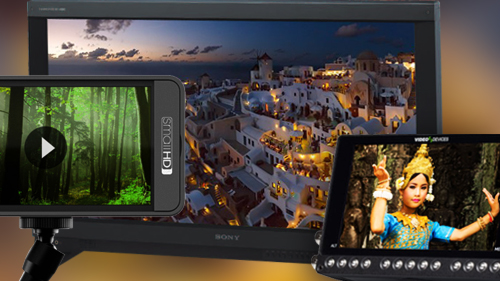
Displays
We've seen some great innovations in display technology over the last couple of years. From OLED displays to 4K LCDs, there have been some impressive developments. This year will be no different. Here are some of the trends to look for.
4K & HDR - We've seen consumer 4K displays become more affordable and readily available, and we should see that same trend this year in professional 4K displays. It will take some time before we start seeing these monitors become commonplace on set, but professional grading 4K monitors are getting better and better. HDR is another big trend I expect this year; traditional monitors only display about 7 stops of latitude, while HDR displays are aiming to get up to 14+ stops. This is a big deal, but you have to see it for yourself to really understand why, so be sure to look for some displays around the show. The new Sony PVM-X300 is quite impressive with a 4K OLED display that also features an HDR mode.
Small & HD - Another growing trend that we've seen over the last couple of years is smaller and lighter HD displays. Led by developments in the smartphone industry, these monitors give us a full HD (or higher) resolution on a screen under 6" in size. SmallHD just announced a 5" HD monitor, the 502, and the Video Devices PIX-E is a 5" monitor and recorder.
Other Highlights
Of course there are so many different technologies at NAB that I haven't covered here, but here are a few additional trends that I think you should look for:
Virtual Reality - We've seen some significant advancements in VR over the last couple of years. The Oculus Rift and other VR headsets are becoming available and there is a lot of buzz around them. Exactly how these devices will be used by consumers is still up in the air, but however it plays out, there will no doubt be a need for VR content. I expect to see many folks producing cameras, optics and rigs that can produce wide field of view content to be viewed on VR headsets. This could be the beginning of something big, so if you see a VR headset in a booth, try it on. You may be impressed.
Video Over IP - In a field outside of cinema, the advancements in Video Over IP are a big deal. Using traditional networking to run A/V signals will drastically reduce infrastructure costs and speed up implementation. I think we'll see some major new products from the big broadcast equipment companies in this area.
















